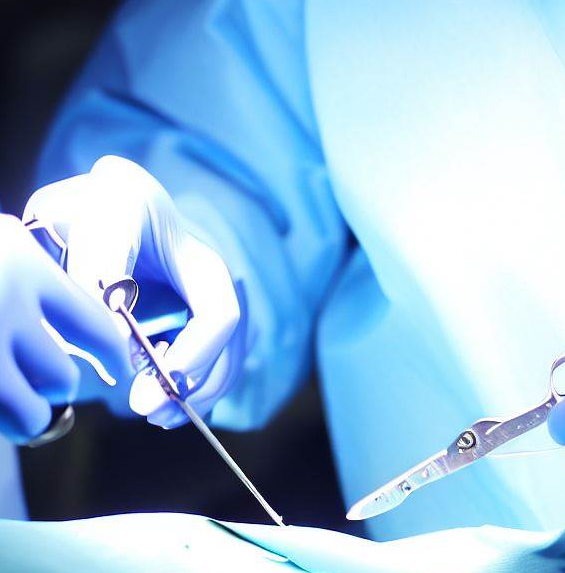Read about Ivor Lewis Esophagectomy Procedure, Technique, Steps, Diet
What is Ivor Lewis Esophagectomy?
Ivor Lewis Esophagectomy is a surgical procedure that is often used to treat esophageal cancer. Ivor Lewis was the first to describe it. This complicated surgery involves the removal of a piece of the esophagus as well as adjacent lymph nodes, followed by restoration of the digestive tract.
Ivor Lewis Esophagectomy is advised for localized esophageal cancer. It's usually done for middle or lower esophageal tumors. The technique removes malignant tissue and adjacent lymph nodes while preserving digestive system function.
Ivor Lewis Esophagectomy Prcoedure
The Ivor Lewis esophagectomy is a surgical treatment that removes a portion of the esophagus, mainly to treat esophageal cancer. An abdominal incision and a right thoracotomy, a chest wall incision, are required for the surgical procedure. During the surgery, the esophageal tumor is removed. After the removal of tumor portion, stomach and remaining esophagus are reconnected to keep the normal functioning of digestive system.

Ivor Lewis Esophagectomy Steps
Anesthesia
Anesthesia is given before the procedure to make sure the procedure is painless and comfortable. Your vital signs will be closely watched throughout the surgery by the anesthesiologist.
Incision
Depending on the surgeon's preference and the location of the tumor, an incision is made either in the belly or the chest during surgery. This makes it possible to access the diseased area and makes the subsequent processes easier.
Removal of the Esophagus
The surgeon gently removes the tumor-containing section of the esophagus, along with any adjacent lymph nodes. The aim is to preserve good tissue while removing as much malignant tissue as possible.
Reconstruction
The surgeon reconstructs the digestive tract after removing the diseased tissue. This often entails attaching the stomach to the remaining healthy esophagus by bringing it up to the chest or neck.
Closure
The surgeon uses sutures or surgical staples to close the incisions after the reconstruction is finished. This is the end of the procedure.
Ivor Lewis Esophagectomy Diet
Following an Ivor Lewis esophagectomy, it's important to keep up a balanced diet for long-term healing and overall wellbeing. Let's have a look at the various stages of the post-operative diet:
Phase 1: Liquid Diet
To give your digestive system time to acclimatize, you'll eat mostly liquids throughout the initial phase of the diet. This can include nutritional supplements, protein shakes, soups, and broths
Phase 2: Soft Foods
As you advance, soft meals that are simpler to swallow and digest will be offered. Mashed potatoes, pureed veggies, yogurt, and soft fruits are a few examples.
Phase 3: Gradual Transition to Regular Diet
In this last stage, you'll gradually start eating solid foods again. To aid with digestion and minimize discomfort, it is crucial to chew your food properly and consume smaller, more frequent meals.
Ivor Lewis Esophagectomy Technique
Usually, the Ivor Lewis esophagectomy technique is carried out in two stages. The surgeon makes an abdominal incision and removes the diseased esophagus, lymph nodes, and sometimes a section of the stomach in the abdominal phase. To reconnect the healthy esophagus, the upper stomach is reshaped and dragged up into the chest cavity.
The surgeon creates a chest incision to reach the esophagus and newly established link in the thoracic phase. The two are connected by sutures or staples. This restoration bypasses the removed esophagus and allows food to travel from the throat to the stomach.









0 Comments